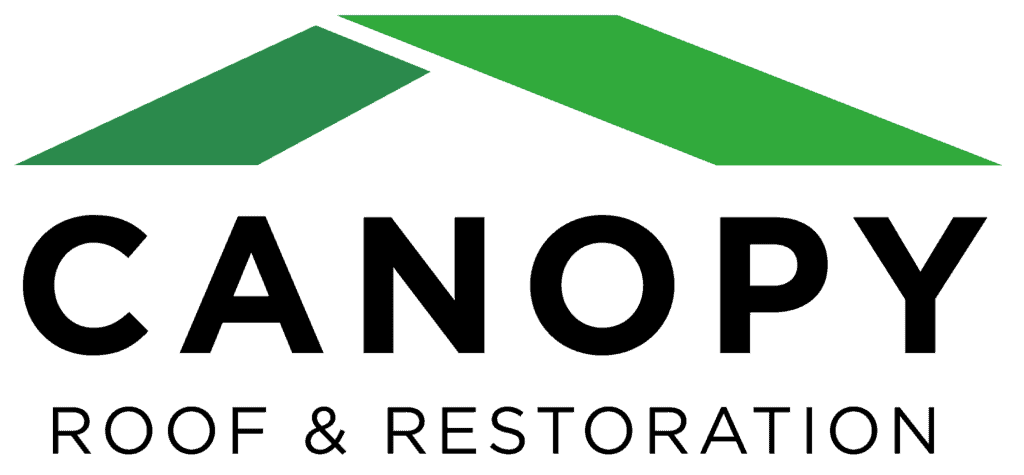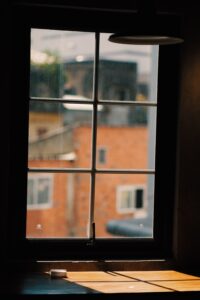Do you want to avoid the expensive and regular maintenance of your roofing system? Then, it is time to consider the low-maintenance and highly durable EPDM roofing. So, what is EPDM membrane roofing?
EPDM (Ethylene Propylene Diene Monomer Membrane) is a single-ply membrane roofing commonly used in commercial buildings. However, over the years, the EPDM has started gaining popularity in residential buildings.
EPDM membrane roofing is made of synthetic rubber, which is extremely durable and low maintenance. Also, it is suitable for flat or low-slope roofing designs for commercial and residential buildings. The EPDM is flexible to all types of climatic conditions, and it is resistant to UV radiation. Learn the benefits and how to install EPDM roofing.
Benefits of the EPDM Roofing System
EPDM membrane roofing has more advantages over the other types of roofing. Here are some of the benefits to help you decide whether to use EPDM roofing.
1. Affordability
EPDM membrane roofing is among the least expensive roofing systems to install and repair. Compared to iron roofing or asphalt shingles, they are hardly damaged. In addition, the EPDM requires minimal to no maintenance, making it the most cost-effective of all roof types.
2. Extremely Durable
EPDM is a highly long-lasting roofing system. It has a life span of over 50 years. However, proper maintenance and routine inspection are key to extending its life span. Unlike other types of roofing, EPDM does not require replacement after 20 years, making it ideal for commercial use.
3. Light Weight and Easy to Install
The EPDM membrane is lightweight compared to other types of roofing, such as asphalt shingle. Also, it is wide, making it easy and quick to install.
4. Environmentally Friendly
The EPDM membrane roofing system is 100% recyclable and environmentally friendly. Additionally, it has a lifespan of over 50 years compared to other roof types, with a life span of 20 years. EPDM does not end up in landfills, unlike other roofing types. The EPDM roofing is resistant to ozone and harsh weather conditions, which contributes to its long lifespan.
How to Install EPDM Membrane Roofing?
Here is a step-by-step guide for installing the EPDM membrane roofing. Read and use the manufacturer’s guide to accurately install it.
1. Assemble All the Tools
Some of the tools and things you will need for the EPDM roof installation are:
● EPDM rubber membrane
● Broom
● Soft brush
● Water Based Deck Adhesive
● 9-inch roller
● Penny roller
● EPDM Rubber Primer
● Angle grinder or mortar chisel
● Hammer
● EPDM tape
● Contact adhesive
● Sharp knife
● Paintbrush
● Masonry drill
● Mastic
2. Prepare and Clean the Surface
Before you start the installation process:
- Ensure the roof deck or the surface is clean.
- Remove the dust, oil, grease, or any other contaminant.
- Ensure the surface is dry.
The EPDM roof does not adhere to a wet surface. Additionally, to avoid moisture issues in the future, lay an insulation sheet before the actual roof.
If your building has ponding or any drainage problems, call the expert for professional assistance. If you proceed to install the EPDM membrane on an incorrectly leveled or damaged roof deck, the installation might be faulty. The expert can level the roof surface by using moisture-resistant OSB panels.
3. Positioning the EPDM Roof
Spread and lay the EPDM rubber over the roof deck. Make sure the EPDM membrane covers the entire roof adequately and that there is a thick layer overhanging on the roof edges and adjacent walls. Also, install the drip batten and drip back trim on the roof edge to allow rainwater drainage.
Before you apply the adhesive, leave the EPDM membrane for about 30 minutes. This is to allow the rubber to expand for a wrinkle-free and smooth installation.
4. Use the Water-Based Adhesive
After the lapse of 30 minutes of rest time:
- Start the installation process.
- Fold back half of the membrane to expose the roof deck.
- Use the 8-inch roller to evenly spread the water-based glue while ensuring there are no lumps.
Do not apply the water-based glue on the 150mm perimeter space all around the deck. You will need to use contact adhesive on this space later. Roll back the membrane while the adhesive is still wet for a secure, firm hold. Also, try to remove any trapped air by sweeping across the surface with a broom.
5. Use the Contact Adhesive
Apply the contact glue onto the 150 mm space around the deck you left out earlier. Smear a thin coat of adhesive on the 150 mm space. Apply the contact adhesive on the deck surface and the EPDM membrane. Ensure there are no puddles of glue. Roll back the membrane on the deck surface. Remember to trim out the excess membrane all around after installation.
6. Final Touches
Finishing on the final touches may be small but requires a lot of time and attention for a smooth finish. The final touch process starts by applying the adhesive on the edges of the wall and roof. Next, seal the corners of the roof by using a pressure-sensitive flashing.
Also, you can use the flashing to seal off the vents and roof penetrations tightly. Use a silicone sealant to seal all the edges to prevent moisture from reaching the membrane. Finally, trim off the excess membrane. The installation process will leave your roof looking beautiful and capable of withstanding all weather conditions for over 50 years.
Tips for Keeping Your EPDM Membrane Roofing in Good Condition
To maximize the lifespan of your EPDM membrane, you should practice the following practices regularly.
● Regular Inspection- Regular inspection of your roofing system allows you to identify any damage early. Look out for cracks, loose sections, and splits. After every season of adverse weather conditions such as storms, ensure to inspect your roof.
● Regular Cleaning- To lower the risk of damage to your EPDM roof, clean it regularly. Debris and dirt buildup can cause damage to your roof. When cleaning, avoid using jet washes or high-pressurized water, as it can damage the EPDM membrane.
● Repairs- Immediately repair cracks, splits, or holes as soon as you notice them. Ignoring such minor issues can lead to more severe structural issues, which can be hard and expensive to fix.
EPDM membrane roofing is easy and quick to install by DIY. Follow the step-by-step guide above to install the EPDM membrane roofing properly. However, it is important to contact professional roofing services at Canopy-Holdings. If not installed properly, the EPDM membrane will not last long.





